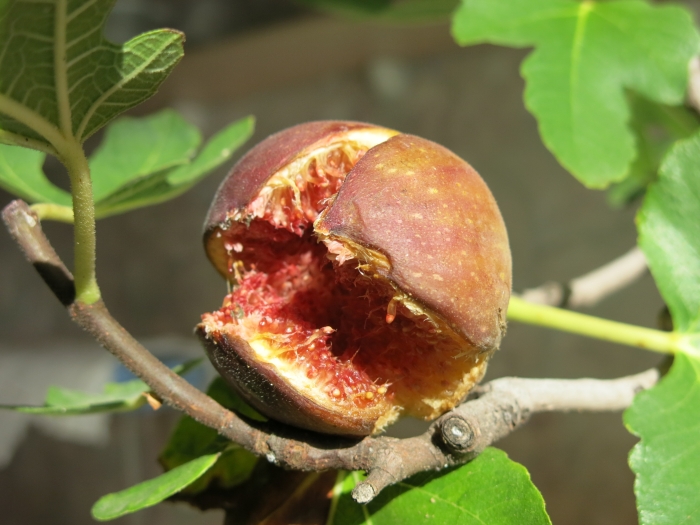Common Fig
(Ficus carica)
Common Fig (Ficus carica)
/
/

Tangopaso
Public domain



















































































Estimated Native Range
Summary
The Common Fig is adaptable to a range of soil types, provided they are well-drained, and it prefers full sun to part shade. It requires moderate water, but established trees are quite drought-tolerant. Figs are often grown in home gardens and orchards for their fruit and as ornamental plants due to their attractive foliage. They can also be espaliered against walls. However, the milky sap can be an irritant, so care should be taken when pruning or handling the plant. Ficus carica can be invasive in some regions, such as Southern California, and its aggressive root system may cause problems if planted too close to structures or paving.CC BY-SA 4.0
Plant Description
- Plant Type: Tree, Shrub
- Height: 10-20 feet
- Width: 10-20 feet
- Growth Rate: Moderate
- Flower Color: N/A
- Flowering Season: Spring
- Leaf Retention: Deciduous
Growth Requirements
- Sun: Full Sun, Part Shade
- Water: Medium
- Drainage: Slow, Medium, Fast
Common Uses
Bee Garden, Bird Garden, Border Plant, Deer Resistant, Drought Tolerant, Edible*Disclaimer: Easyscape's listed plant edibility is for informational use. Always verify the safety and proper identification of any plant before consumption., Fragrant, Potted Plant, Rabbit Resistant, Salt Tolerant, Street Planting
Natural Habitat
Mediterranean region and southwestern Asia, often found in rocky areas, scrublands, and near streams
Other Names
Common Names: Fig, Edible Fig, Teen, Feigenbaum, Essfeige, Echte Feige, Higo, Higuera Común, Figuier Commun, Carique
Scientific Names: , Ficus carica, Ficus pedunculata, Ficus carica var. caprificus, Ficus carica var. rupestris, Ficus globosa, Ficus vulgaris, Caprificus leucocarpa, Caprificus oblongata, Caprificus pedunculata
GBIF Accepted Name: Ficus carica L.